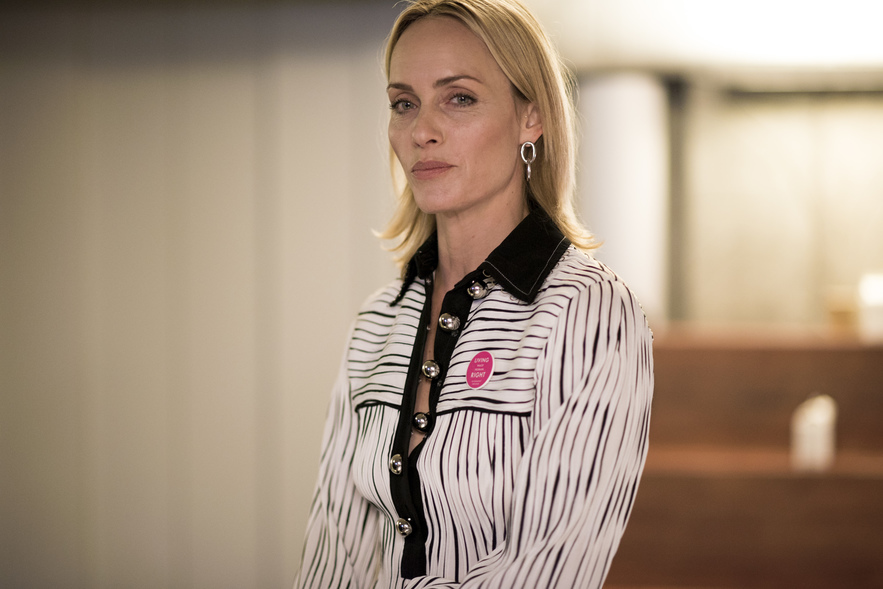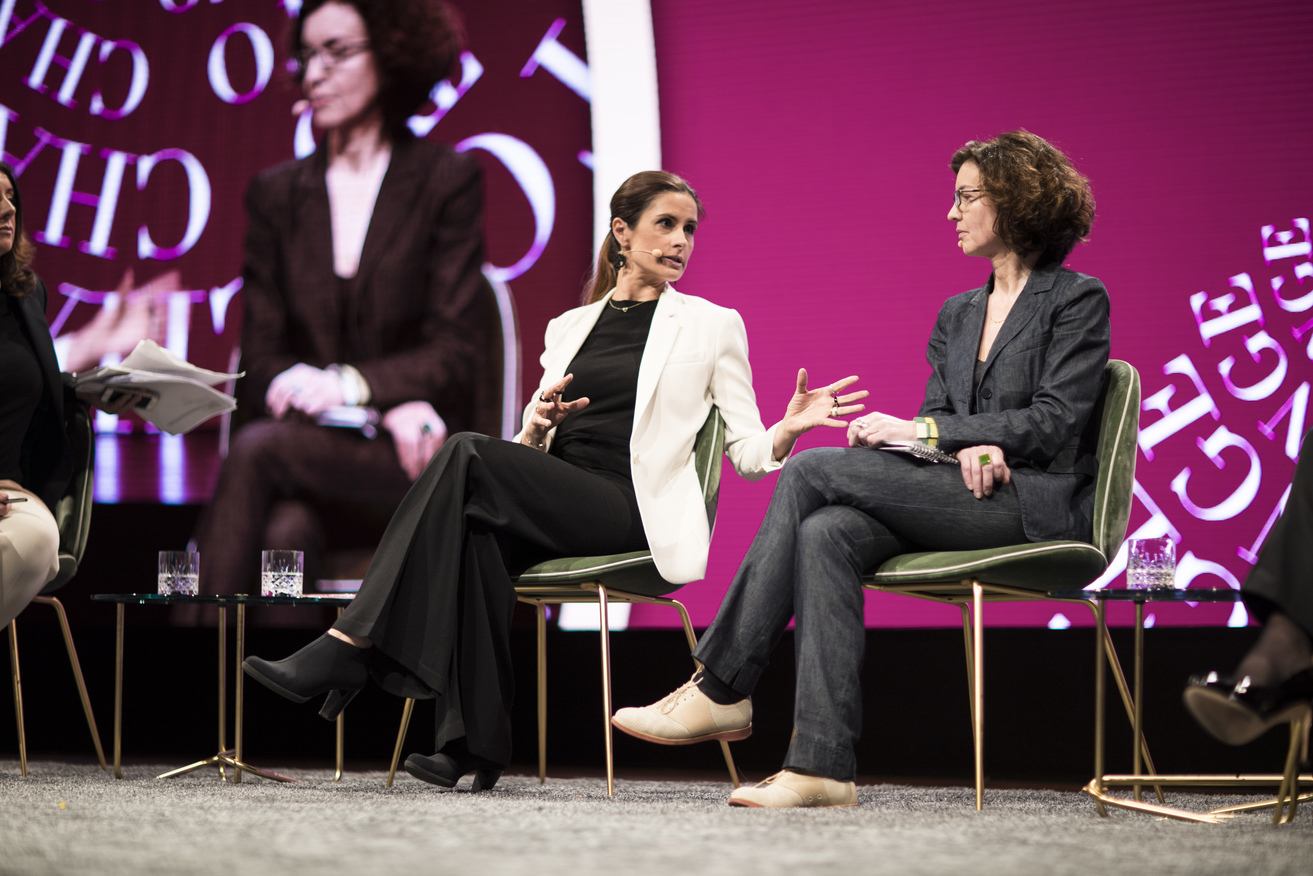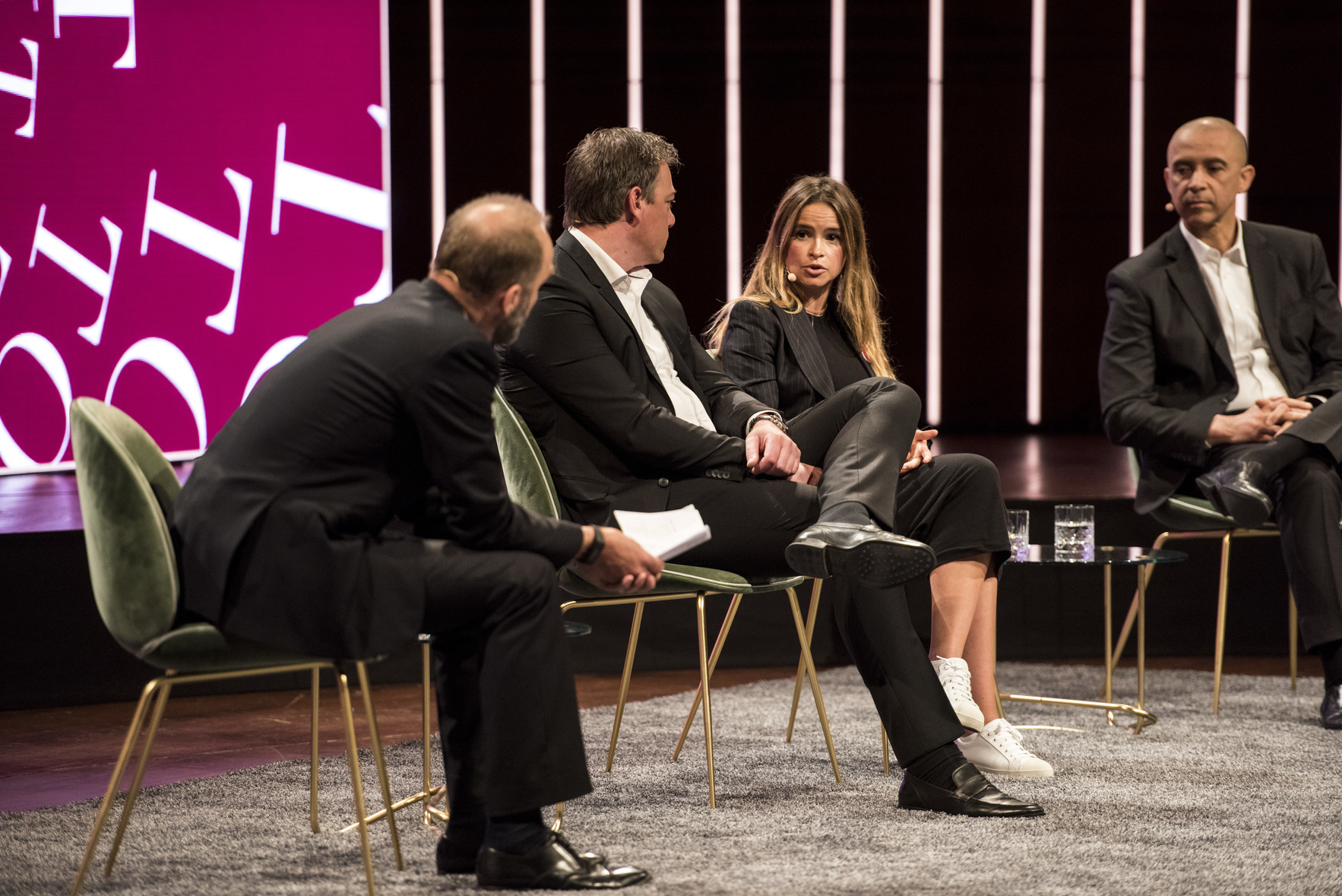Surprisingly, many of the speakers at the fifth annual Copenhagen Fashion Summit were happy to admit that sustainability can be quite boring. Unsurprisingly, they weren’t going to let that stop the radical work of making one of the world’s largest industries accountable for its huge environmental and humanitarian cost. Set up in part to commemorate the 2013 Rana Plaza disaster — the Bangladesh garment factory collapse that killed 1,137 people and injured a further 2,500 — the summit focuses on both the conditions for workers and the industry’s use of resources and impact on climate change.
Described as “the world’s leading business forum on sustainability in fashion,” the conference is attended by huge fashion businesses including Kering (the luxury fashion group that owns Gucci, Saint Laurent, Alexander McQueen and Stella McCartney) and H&M, as well as smaller ones like Tiffany & Co and Eileen Fisher. The 2017 summit also attracted green campaigners Livia Firth of Eco-Age, and Greenpeace, investor Miroslava Duma, and researchers including LCF’s Centre for Sustainable Fashion. The event was hosted by model, actor and entrepreneur Amber Valletta, and Vanessa Friedman, the New York Times’s Fashion Director and Chief Fashion Critic, returned to speak.

The conference began with a screening of the trailer for MACHINES, a film by Rahul Jain documenting the conditions in a garment factory in Gujarat, India, including interviews with several workers. Watch the trailer below, and then check out five of the most radical ideas i-D heard during the 2017 summit…
Introducing the latest green buzzword: Circularity
The opening talk of the day came from the incredibly charming, bow-tie sporting William McDonough, referred to affectionately by everyone there as Bill, and who Amber Valletta admitted to having an intellectual crush on. Bill, a founder of the Cradle to Cradle Products Innovation Institute, introduced the idea of ‘Circularity’, which proved to be the buzzword of the 2017 summit. He described it as designing products for their next life, not ‘end of life’, with the goal of perpetual reuse. The institute has already created an organic cotton T-shirt with C&A that can be composted at home. Bill made the point that being ‘less bad’ is not a good goal, asking attendees, “Why can’t the goal be 100% fabulous?”.
… and those who aren’t so sure about it…
100% fabulous would be good, but in a breakout session on Consumer Engagement later in the day, Greenpeace campaign leader Kirsten Brodde questioned the idea of Circularity as a holy grail. “Recommending synthetics is a way to hell,” she said plainly, noting the devastating effects of sea pollution. Kirsten claimed that the benefits of Circularity are so far away that they are currently “imaginary,” saying it is essential that we slow down the mindless overconsumption of fashion that has become a norm. Daniella Vega, director of sustainability at Selfridges, said she too was worried about the idea of Circularity, saying we cannot rely on technology alone, and agreeing that we need to change the culture of consumption.

Taking on Donald Trump and the anti-science brigade
Luxury jewellery brands are rarely known for their radical politics. It was engaging, then, to hear Michael J. Kowalski, chairman of the board and interim CEO of Tiffany & Co, speak about the company’s recent advert in The New York Times, a message of defiance directed at President Trump. “We’re still in for bold climate action,” the letter stated, asking Trump to “Please keep the U.S. in the Paris Climate Agreement,” ahead of an expected decision from the president on the matter (which was later postponed), concluding “The disaster of climate change is too real, and the threat to our children is too great.” In a conversation with Vanessa Friedman, Kowalski said Tiffany had had both positive and negative reactions from customers, with the negative ones mostly along the lines of ‘you shouldn’t get involved in politics’. He had a simple answer: “It’s not politics. It’s science”. Their discussion also covered work Tiffany was doing to create a set of ethical mining standards for the industry, which includes where mining waste can be disposed and bans marine mining altogether.

The lawyer fighting for a living wage to be the minimum wage
The deadly collapse at Rana Plaza in 2013 brought into sharp focus questions about where our clothes are made, who makes them, and what conditions they are working and living in. When Jessica Simor, a barrister who has worked at the European Court of Human Rights, watched the 2015 film The True Cost, she says she was struck by how solvable these issues are. In the introduction to her report, Fashion Focus – The Fundamental Right to a Living Wage, she writes: “This was not an insurmountable problem analogous, for example, to climate change. It was essentially a simple problem concerning the conditions and price paid for the labour used to make our clothes, something we have for decades now regulated without difficulty within our own countries”. The report, commissioned by Annie Lennox’s women’s rights organisation The Circle, argues that a living wage is a fundamental right, and that any minimum wage that does not meet the living wage contravenes this right. “Companies defending themselves by saying they are paying the minimum wage are accepting that they are contravening people’s fundamental human rights every day,” she explained in Copenhagen. You can donate to help the second phase of the project, which will include negotiating with governments and industry.
Read: Catching up with slow fashion: Safia Minney’s ethical fashion revolution.

Making fashion from old orange peel
In Copenhagen, Miroslava Duma announced the launch of Fashion Tech Labs, an $50million investment fund and incubator for new sustainable technologies for the fashion industry. “What once sounded like science fiction is now science fact,” she said at the summit, detailing a number of innovative fashion tech start-ups supported by FTL. In San Francisco, a company growing leather and fur in the lab, without any animals being killed; in Italy, a company making fabric from the orange peel waste created by the juice industry — who hand it over for free, rather than paying to send it to landfill; in Israel, a scientist has made 100% compostable plastic-bag-style bags, which take 24 weeks to disappear; real diamonds are being grown in a lab that are almost impossible to tell apart from naturally occurring ones; and in Germany, garments are being made with silver yarns, so they can be worn 20+ times before they need washing, and, because silver has to be mined, similar yarns have been developed using peppermint for it’s antibacterial and antimicrobial properties.

Stop, collaborate, and listen
After Circularity, collaboration was a major buzzword in Copenhagen. Business is basically a competition, so it isn’t a wonder that collaboration between similar fashion brands is rare. There might be designer collaborations with the high street, but you wouldn’t expect to see competitors teaming up, for example. So, it was heartening to hear from Kelly Caruso, president of Target’s global sourcing, about her team’s recent visit to Zara, to find out about their efforts to produce in line with demand, rather than over-producing garments. Daniella Vega, director of sustainability at Selfridges, described how the store’s buyers have been working with LCF’s Centre for Sustainable Fashion to identify the ethical questions they should be asking suppliers. As mentioned above, Tiffany & Co are authoring a set of standards for their industry about the mining of precious stones, and Eileen Fisher gave an open offer to those wanting to learn how she’s making her company 100% sustainable by 2020. Their message was loud and clear: We can solve this issue, but only if we work together.
Read: In Bangladesh, the people who make your clothes are striking for their rights.
Credits
Text Charlotte Gush
Photography courtesy Copenhagen Fashion Summit
